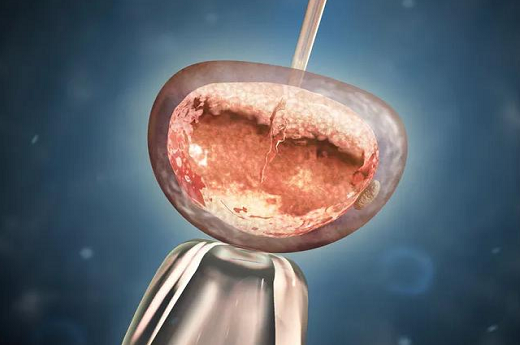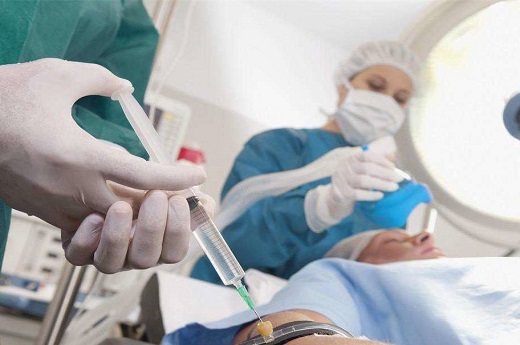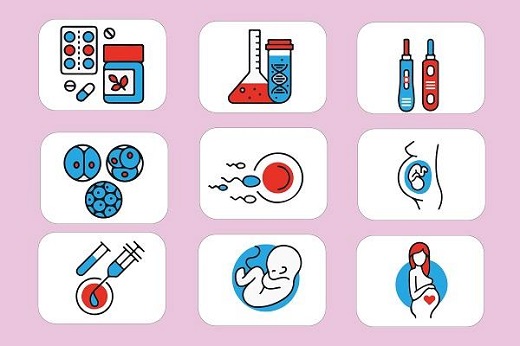试管婴儿技术是一种辅助生殖技术,通过体外受精和胚胎移植的方式帮助不能自然受孕的夫妇实现生育梦想。在浙江杭州,有多家医院提供试管婴儿技术,为不孕不育夫妇提供了新的生育选择。本文将详细介绍浙江杭州的试管婴儿相关情况。
试管婴儿技术是20世纪70年代发展起来的辅助生殖技术,经过几十年的发展,已经成为一种成熟的技术。通过体外受精、胚胎培育和移植,试管婴儿技术成功帮助了无数不能自然受孕的夫妇实现了生育梦想。随着科技的不断进步,试管婴儿技术也在不断完善,成功率也在逐渐提高。

The development of IVF technology
IVF technology is an assisted reproductive technology that developed in the 1970s and has become a mature technology after decades of development. Through in vitro fertilization, embryo culture, and transplantation, IVF technology has successfully helped many couples who cannot conceive naturally to realize their dreams of having children. With the continuous advancement of technology, IVF technology is also constantly improving, and the success rate is gradually increasing.
浙江杭州作为中国的经济中心之一,拥有多家专业的生殖医院和妇产科医院,提供试管婴儿技术服务。其中,杭州市第一人民医院、浙江大学医学院附属妇产科医院等知名医院都设有生殖医学中心,拥有先进的设备和专业的医护团队,为不孕不育夫妇提供试管婴儿技术服务。
IVF hospitals in Hangzhou, Zhejiang

As one of China's economic centers, Hangzhou, Zhejiang, has several specialized reproductive hospitals and obstetrics and gynecology hospitals that provide IVF technology services. Among them, the First People's Hospital of Hangzhou and the Obstetrics and Gynecology Hospital of Zhejiang University School of Medicine have reproductive medicine centers with advanced equipment and professional medical teams to provide IVF technology services for infertile couples.
试管婴儿技术适用于多种不孕不育症状,包括输卵管不通、男性异常、女性卵巢功能障碍、子宫因素等。通过试管婴儿技术,可以有效解决这些不孕不育问题,帮助夫妇实现生育愿望。对于年龄较大的夫妇或者多次人工受孕失败的夫妇来说,试管婴儿技术也是一种有效的生育选择。
Indications for IVF
IVF technology is suitable for a variety of infertility symptoms, including blocked fallopian tubes, male sperm abnormalities, female ovarian dysfunction, uterine factors, etc. Through IVF technology, these infertility problems can be effectively solved, helping couples to realize their fertility wishes. In addition, for older couples or couples who have failed artificial insemination multiple times, IVF technology is also an effective fertility option.

试管婴儿技术的流程包括以下几个步骤:首先进行促排卵治疗,促使女性产生多个卵子;然后进行取卵手术,将卵子和在体外受精;接着进行胚胎培育,将培育好的胚胎移植回女性子宫内;最后进行妊娠检测,确认是否成功妊娠。整个流程需要严格的医学监控和护理。
The process of IVF
The process of IVF technology includes several steps: first, ovulation induction therapy is performed to induce the production of multiple eggs in females; then, egg retrieval surgery is performed, and the eggs and sperm are fertilized in vitro; then, embryo culture is performed, and the cultured embryos are transferred back to the female uterus; finally, pregnancy testing is performed to confirm whether successful pregnancy. The entire process requires strict medical monitoring and care.
试管婴儿技术的成功率受多种因素影响,包括年龄、生育史、生活方式等。年轻夫妇的成功率较高,而年龄较大或者存在其他不孕不育因素的夫妇成功率较低。生殖医院的技术水平和医护团队的经验也会影响成功率。在选择试管婴儿技术时,夫妇需要充分了解自身情况,并选择合适的医院和医生进行治疗。
Success rate of IVF
The success rate of IVF technology is affected by various factors, including age, reproductive history, lifestyle, etc. Generally, the success rate of young couples is higher, while the success rate of older couples or couples with other infertility factors is lower. In addition, the technical level of reproductive hospitals and the experience of medical teams will also affect the success rate. Therefore, when choosing IVF technology, couples need to fully understand their own situation and choose the right hospital and doctor for treatment.
尽管试管婴儿技术可以帮助不孕不育夫妇实现生育梦想,但也存在一定的风险。在促排卵治疗过程中,可能会出现过度刺激卵巢综合征;在取卵手术中,可能会出现感染或出血等并发症;在胚胎移植后,可能会出现流产或着床失败等情况。在接受试管婴儿技术前,夫妇需要充分了解可能的风险,并在医生的指导下进行治疗。
Risks of IVF
Although IVF technology can help infertile couples realize their dreams of having children, there are also certain risks. During ovulation induction therapy, ovarian hyperstimulation syndrome may occur; during egg retrieval surgery, complications such as infection or bleeding may occur; after embryo transfer, miscarriage or implantation failure may occur. Therefore, before undergoing IVF technology, couples need to fully understand the possible risks and undergo treatment under the guidance of a doctor.